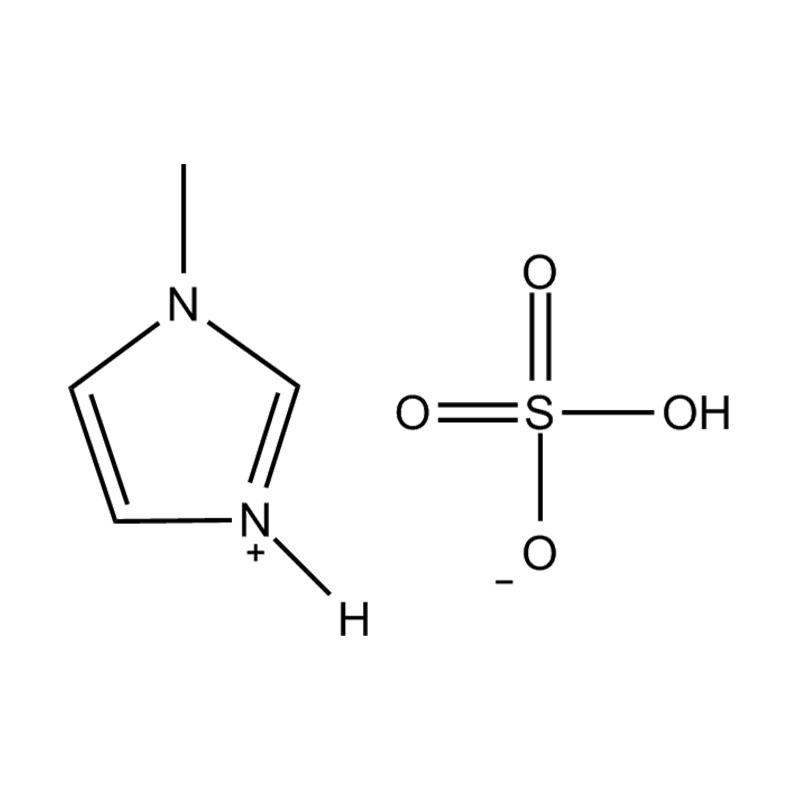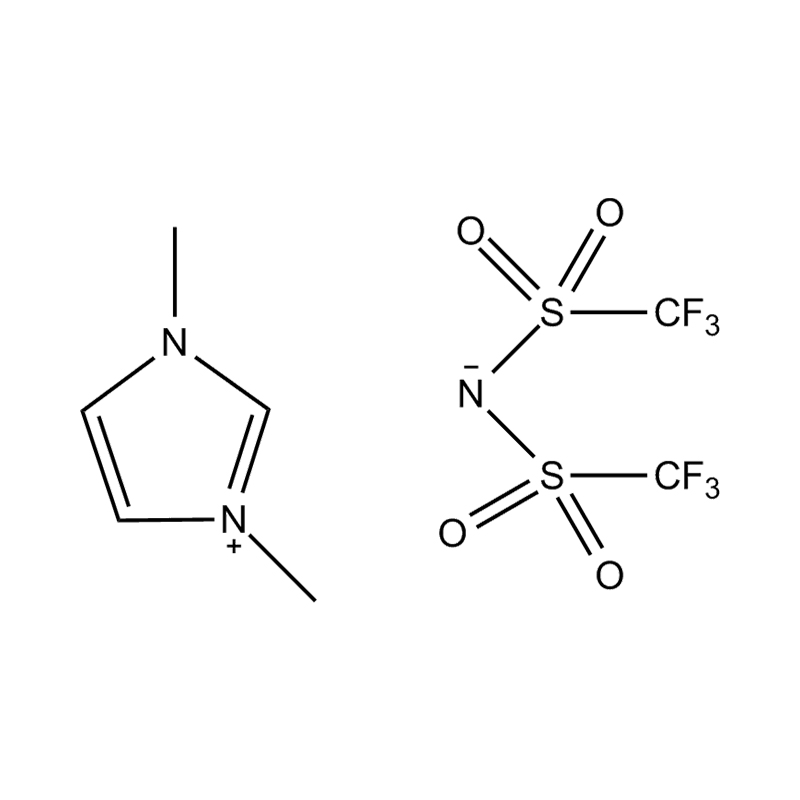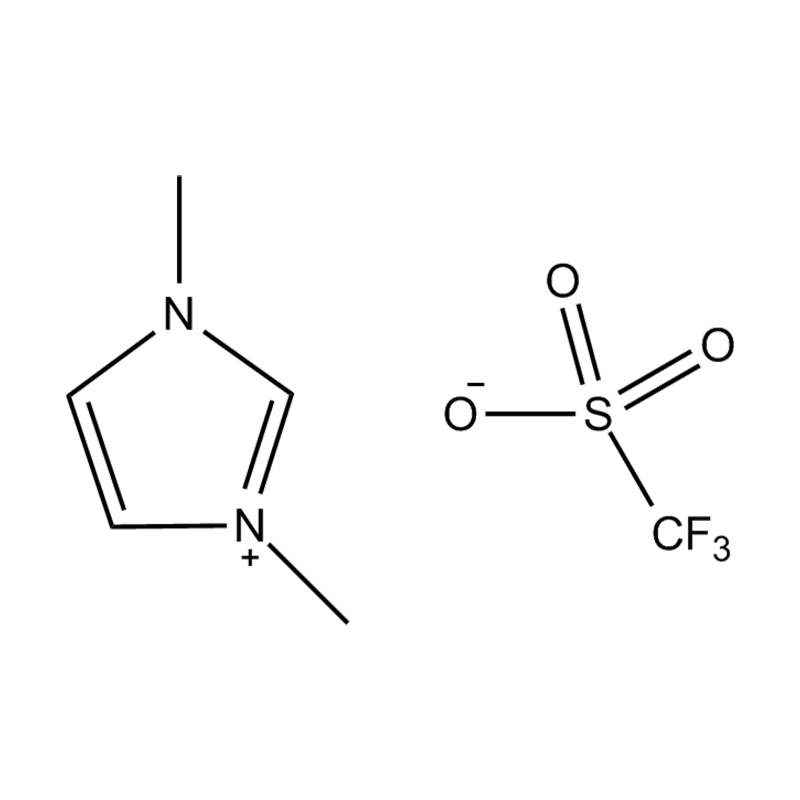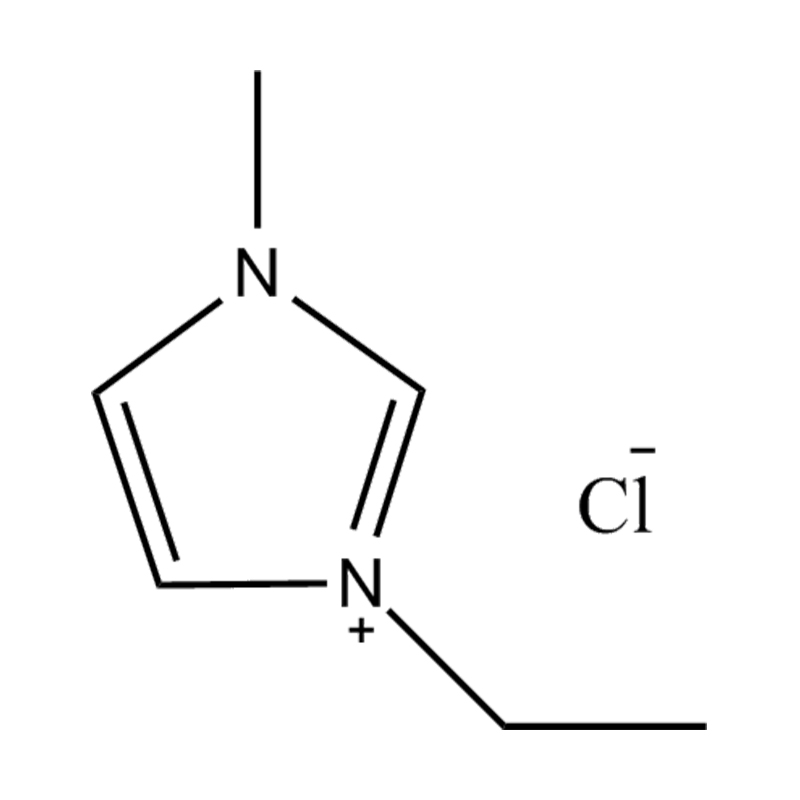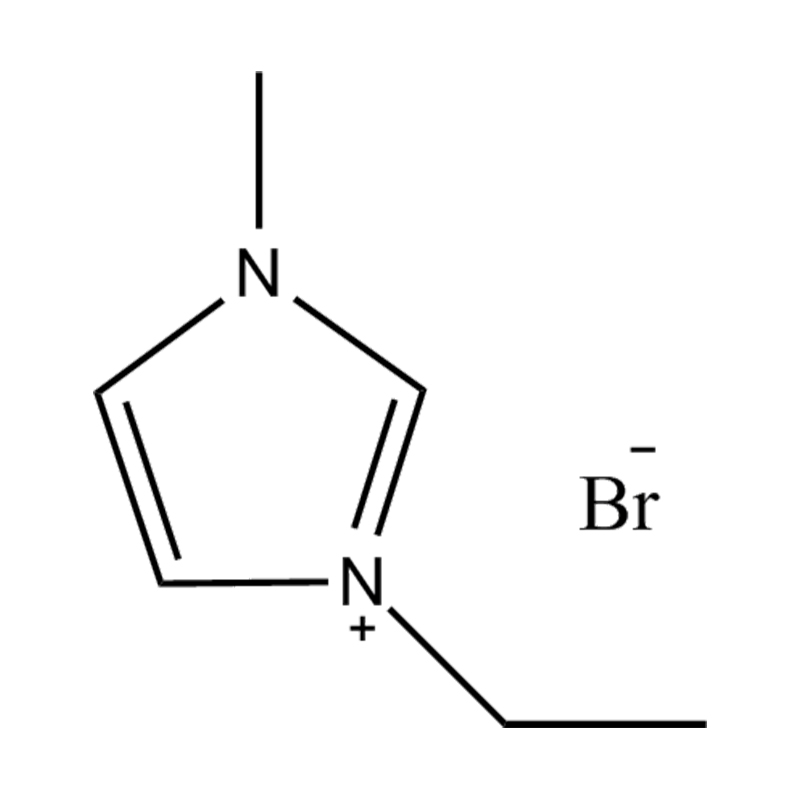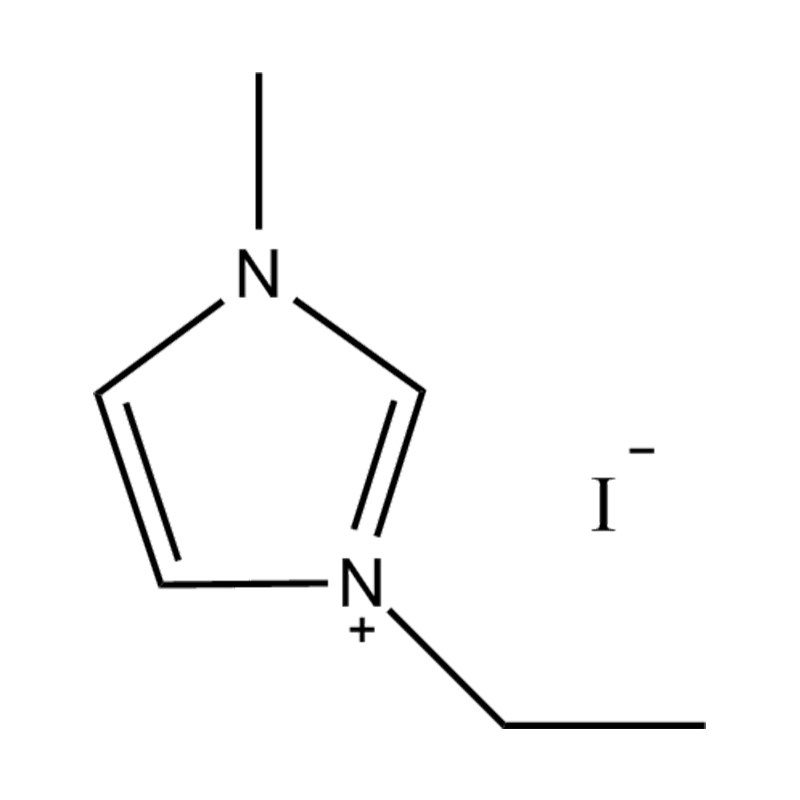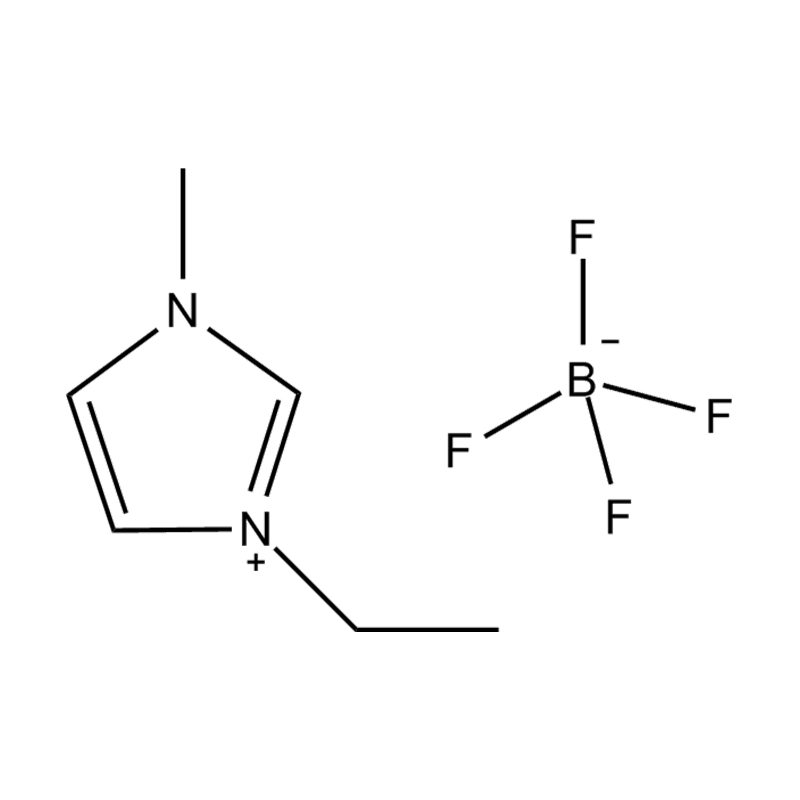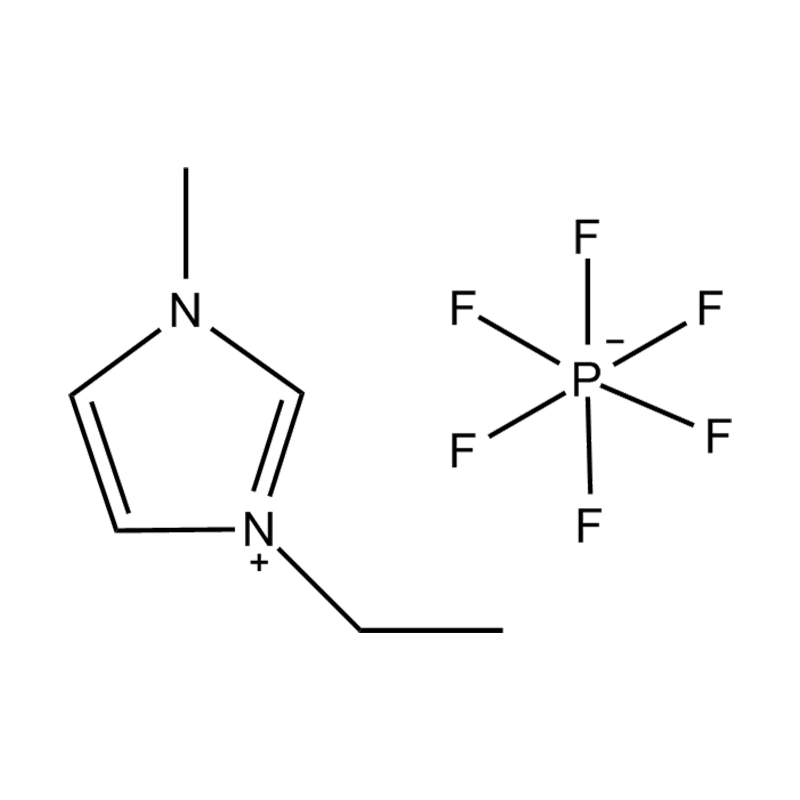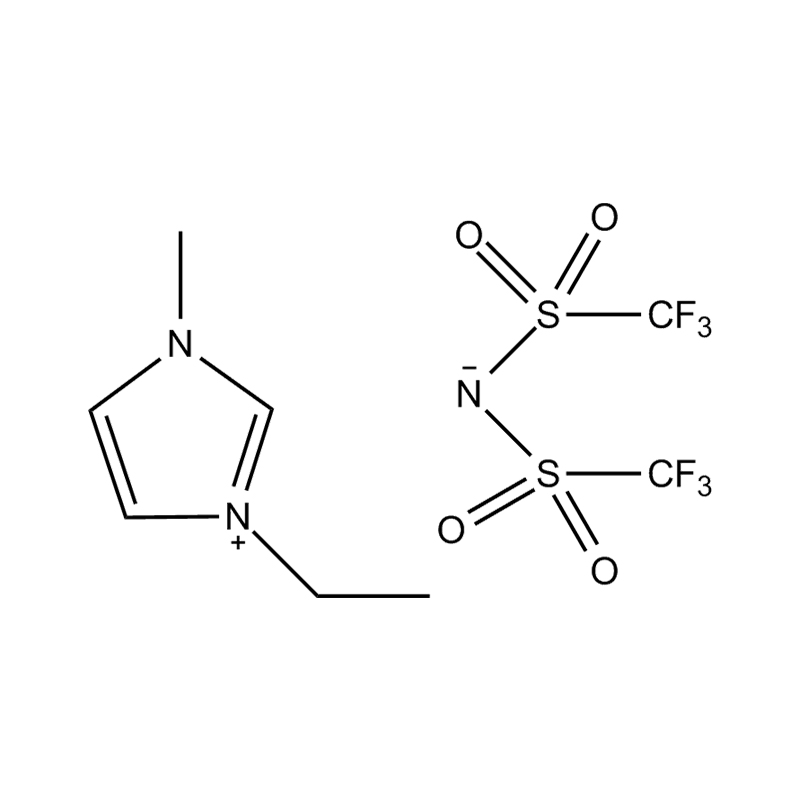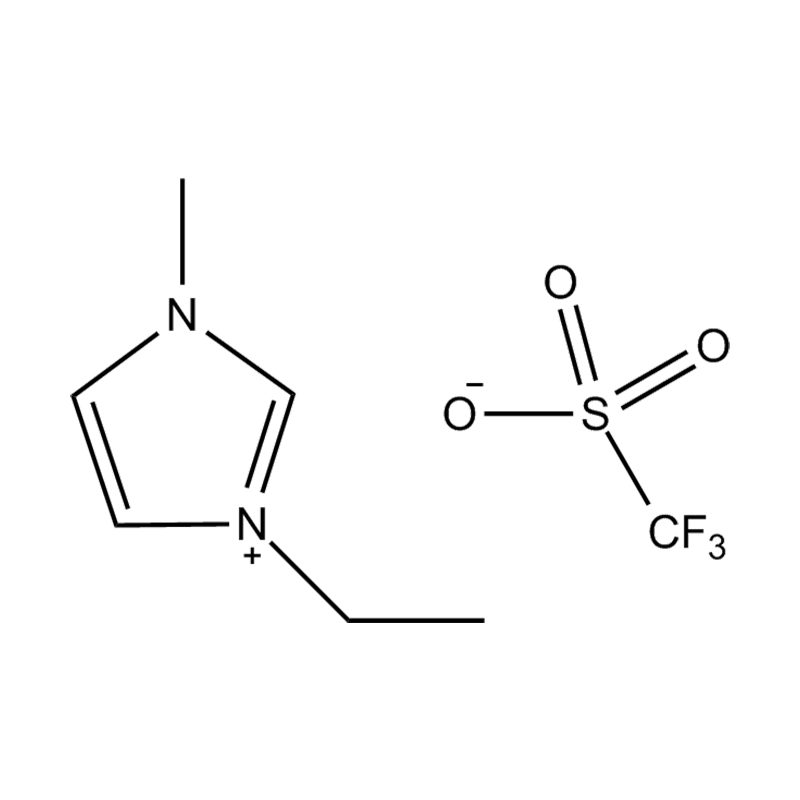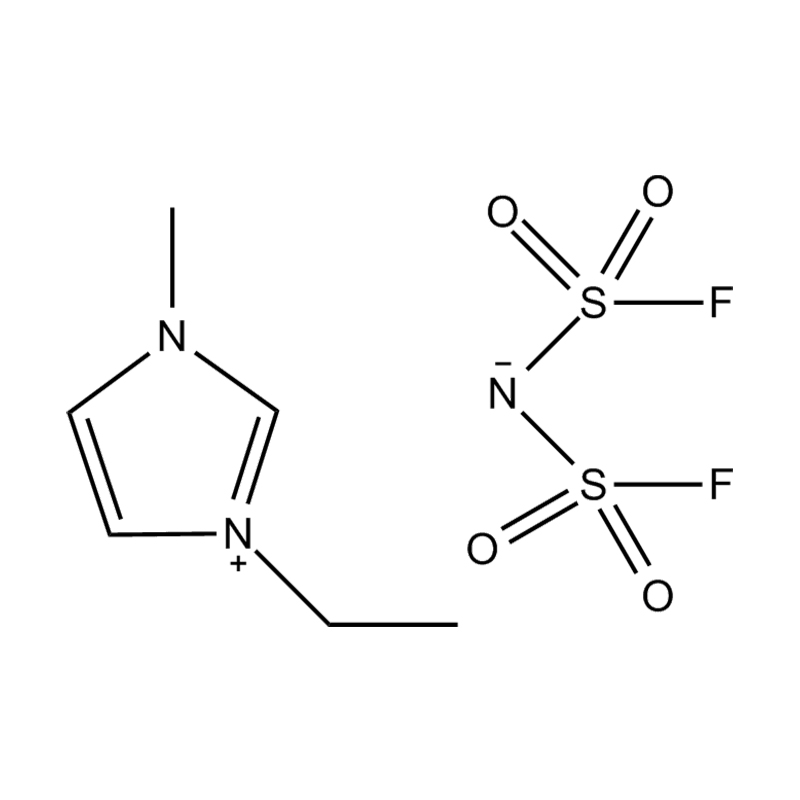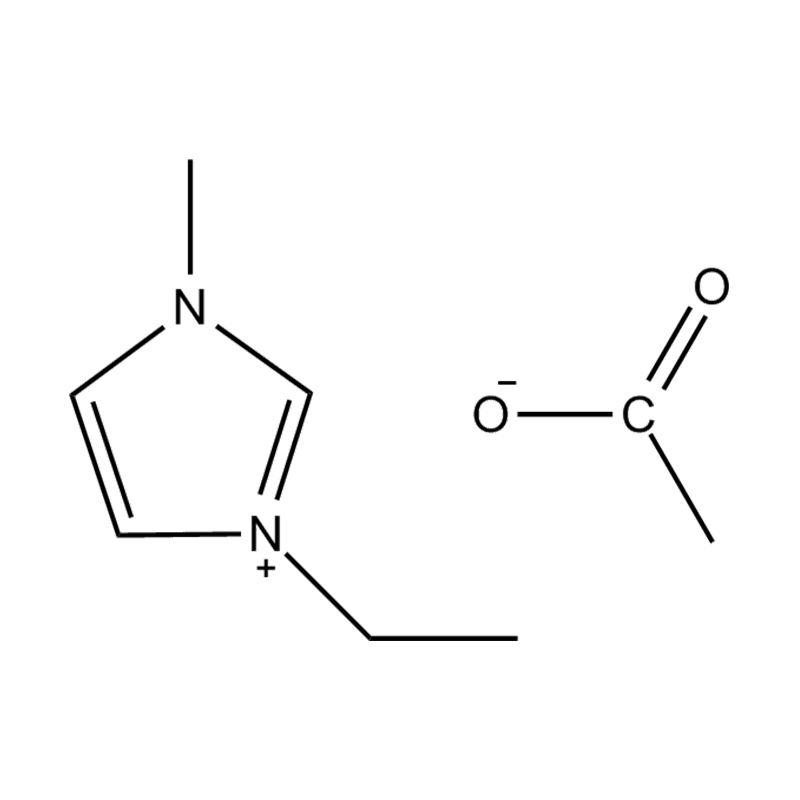Disubstituted imidazole ionic liquids (ILs) represent a structurally tunable class of organic salts that remain liquid at or near room temperature, distinguished by the presence of two substituent groups on the imidazolium ring. These compounds offer an expansive platform for tailoring ionic interactions, physicochemical properties, and solvation dynamics for targeted applications across catalysis, electrochemistry, materials synthesis, and green chemistry. This article delves into the synthetic strategies, structural-property correlations, and functional deployment of disubstituted imidazole ILs, emphasizing their role in next-generation chemical technologies.
1. Structural Characteristics and Synthetic Pathways
Disubstitution on the imidazole ring typically involves alkyl, aryl, ether, or heterocyclic substituents at the C2, C4, and C5 positions, leading to diverse electronic and steric effects. Most commonly, the N1 and N3 positions are functionalized with alkyl or heteroalkyl chains, while the C2 position is either left protonated or substituted with electron-donating/withdrawing groups to modify hydrogen bonding behavior.
Synthesis generally proceeds via:
-
N-alkylation of imidazole with haloalkanes to yield 1,3-disubstituted imidazolium salts
-
Post-functionalization strategies, such as quaternization, nucleophilic substitution, or metallation at the C2 position
-
Anion exchange processes using metathesis or acid-base reactions to introduce non-coordinating or function-specific anions (e.g., [PF₆]⁻, [BF₄]⁻, [NTf₂]⁻, or halometallate species)
These modifications critically influence key parameters such as thermal stability, hydrophobicity, viscosity, ionic conductivity, and coordination behavior.
2. Physicochemical Property Modulation
The physicochemical characteristics of disubstituted imidazole ILs are highly sensitive to both cationic and anionic components. Through rational design, the following properties can be finely adjusted:
-
Viscosity and Fluidity: Short-chain alkyl substitutions typically reduce viscosity and enhance mass transport, whereas long or branched chains increase structural order and rheological complexity.
-
Thermal and Electrochemical Stability: Aromatic and bulky substituents can improve decomposition temperatures and expand electrochemical windows, crucial for battery electrolytes and supercapacitor media.
-
Hydrophilicity/Hydrophobicity Balance: The nature of the anion and the presence of polar groups dictate water solubility and miscibility with organic solvents, impacting solvent selection in catalysis or extraction.
-
Ionic Conductivity: Enhanced by reducing ion pairing and increasing charge delocalization, typically through the use of delocalized or bulky anions in combination with less coordinating cations.
Experimental techniques such as NMR, FTIR, TGA, DSC, and dielectric spectroscopy are routinely employed to analyze these characteristics and relate them to molecular architecture.
3. Solvation and Hydrogen Bonding Behavior
The unique ability of imidazolium-based ILs to form extensive hydrogen bonding networks, especially when the C2 hydrogen is retained, underpins their exceptional solvating power. Disubstitution at this position alters the hydrogen bond donor strength, thus modulating the interaction with solutes, reagents, and catalytic centers.
Computational studies and IR spectroscopy reveal that C2-functionalized ILs exhibit reduced polarity and diminished ability to disrupt solute-solvent interactions, making them suitable for selective solvation tasks or stabilizing labile intermediates in organic synthesis.

4. Applications Across Scientific Domains
The versatility of disubstituted imidazole ILs is evidenced by their expanding role in both fundamental and applied research:
a. Catalysis and Reaction Media
These ILs serve as non-volatile, thermally stable media for transition metal catalysis, Brønsted/Lewis acid catalysis, and biocatalysis. Electronically modified imidazolium ILs can stabilize reactive intermediates or serve as co-catalysts, particularly in carbon–carbon coupling reactions, cycloadditions, or oxidative processes.
b. Electrochemical Devices
With high ionic conductivity and thermal stability, disubstituted imidazolium ILs are ideal for electrochemical applications including:
-
Lithium-ion and sodium-ion battery electrolytes
-
Supercapacitor media with wide electrochemical windows
-
Electroplating baths for metals such as Al, Zn, or rare earths
c. Separation Science and Extraction
Tailor-made ILs with specific polarity and affinity characteristics can be employed in liquid-liquid extractions, gas absorption (e.g., CO₂ capture), and separation of biomolecules, rare metals, or azeotropic mixtures.
d. Materials Chemistry and Nanotechnology
ILs act as templating agents, solvents, or surface modifiers in the synthesis of nanostructured materials, including metal-organic frameworks (MOFs), nanoporous carbons, and oxide nanomaterials. Their non-volatile and polar environment supports precise control over nucleation and growth dynamics.
5. Environmental and Toxicological Considerations
Despite their green chemistry reputation as non-volatile alternatives to organic solvents, the environmental profile of imidazole ILs requires careful assessment. Disubstituted variants, particularly those with long alkyl chains or halogenated anions, may exhibit persistence, bioaccumulation potential, or aquatic toxicity.
Recent developments focus on:
-
Designing biodegradable ILs using ester, amide, or sugar-derived substituents
-
Switchable polarity systems to facilitate recovery and reuse
-
Toxicity reduction through anion optimization and non-halogenated alternatives like alkyl sulfate or amino acid-based anions
6. Future Directions and Research Challenges
Advancing the utility of disubstituted imidazole ionic liquids involves several key challenges:
-
Predictive modeling of structure–property relationships, using machine learning and quantum chemical calculations
-
Integration into functional materials such as polymer-IL composites, ionogels, or supported liquid membranes
-
Scalable and cost-effective synthesis, especially for industrial-grade applications
-
Life-cycle analysis and regulatory compliance to ensure sustainable implementation
Disubstituted imidazole-based ionic liquids represent a modular and function-rich class of compounds capable of bridging multiple scientific disciplines. By leveraging precise molecular engineering, researchers can unlock a wide range of physical and chemical behaviors tailored to emerging needs in green chemistry, energy storage, and advanced manufacturing. Continued efforts in rational design, environmental assessment, and application-driven research will be essential to realize their full potential in sustainable chemical technologies.


 English
English Deutsch
Deutsch Español
Español 中文简体
中文简体


